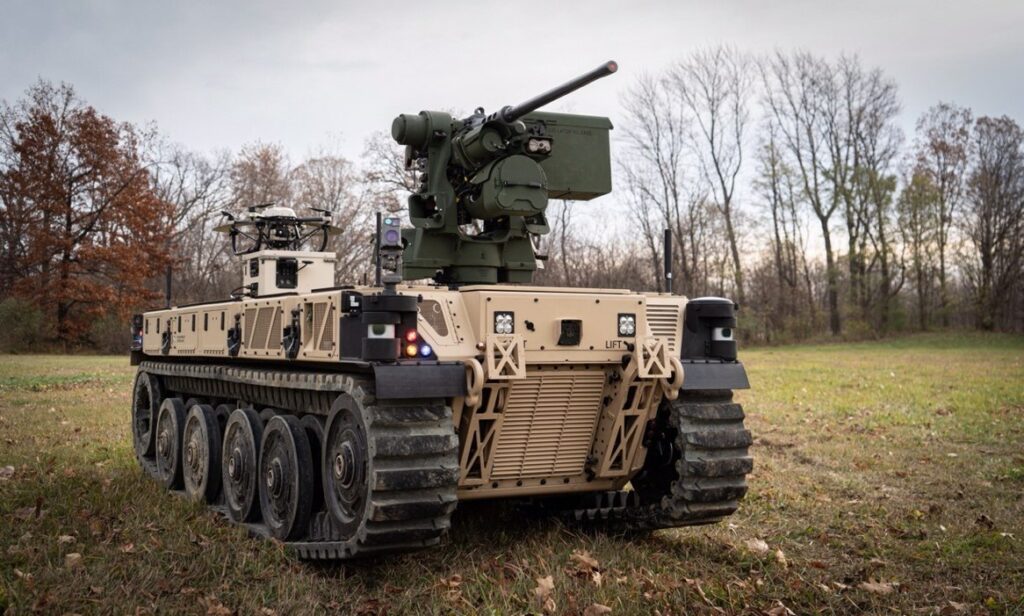The US Army has received its first Robotic Combat Vehicle – Light (RCV-L) prototype, jointly developed by QinetiQ Inc. and Pratt Miller Defense.
This is the first of four vehicles the two companies have been contracted to produce for the US Army as part of its Robotic Combat Vehicle (RCV) program.
The RCV is one of five projects under the Next Generation Combat Vehicle (NGCV) program established by the army in 2018 to replace the M-2 Bradley Infantry Fighting Vehicle.
The M-2 has been in service since the early 1980s and has widely been considered to have reached its limit in accommodating new electronics, armor, and defense systems upgrades.
The program was upgraded with the requirement for a wider replacement and addition of new combat vehicles.
The upgraded program called for replacing the M-113 armored personnel carrier with an array of new vehicles to fulfil multiple roles. Two of these vehicles — a light tank for Infantry Brigade Combat Teams called Mobile Protected Firepower and the Decisive Lethality Platform to replace the M-1 Abrams tank — will take on next-generation tank combat roles.
A further two — the Armored Multi-Purpose Vehicle (AMPV) and Robotic Combat Vehicles in three versions, Light, Medium, and Heavy — will fulfil a variety of tasks such as infantry and counterstrike operations.
Ideal for Airborne Missions
The RCV-L is being developed in support of the Manned-Unmanned Teaming Soldier Operational Experiment, planned for 2022, which requires an optimized blend of manned airborne vehicles with expendable unmanned resources within a coordinated mission.
The vehicle is a hybrid-electric unmanned ground combat vehicle that is built upon the Pratt Miller Expeditionary Modular Autonomous Vehicle (EMAV) and integrates QinetiQ’s Modular Open System Architecture robotic control systems.
EMAV is a highly mobile robotic vehicle that weighs 6,800 lbs (3,084 kilograms) and can carry 7,200 lbs (3,266 kilograms) of payload while reaching speeds up to 45 miles (72 kilometer) per hour.
Additionally, its low center of gravity allows the vehicle to climb a 60 percent grade, a 40 percent side slope, and vertical steps up to 24 inches. Plus, a narrow hull ensures it’s easily transportable by US Army transport aircraft.
“By building upon years of EMAV development, testing, and experimentation with the United States Marine Corps, we were able to provide the Army with a mature low-risk system that exceeds the objective level speed, maneuverability, and payload requirements in a single system configuration,” said Brian Barr, Pratt Miller Product Manager.
“The EMAV platform’s modular flat deck architecture has been integrated with over 20 payloads and exemplifies the flexibility required to address current and future threats,” he added.
QinetiQ and Pratt Miller successfully finished the project within budget and on schedule, despite restrictions that have been imposed because of the COVID-19 pandemic.



